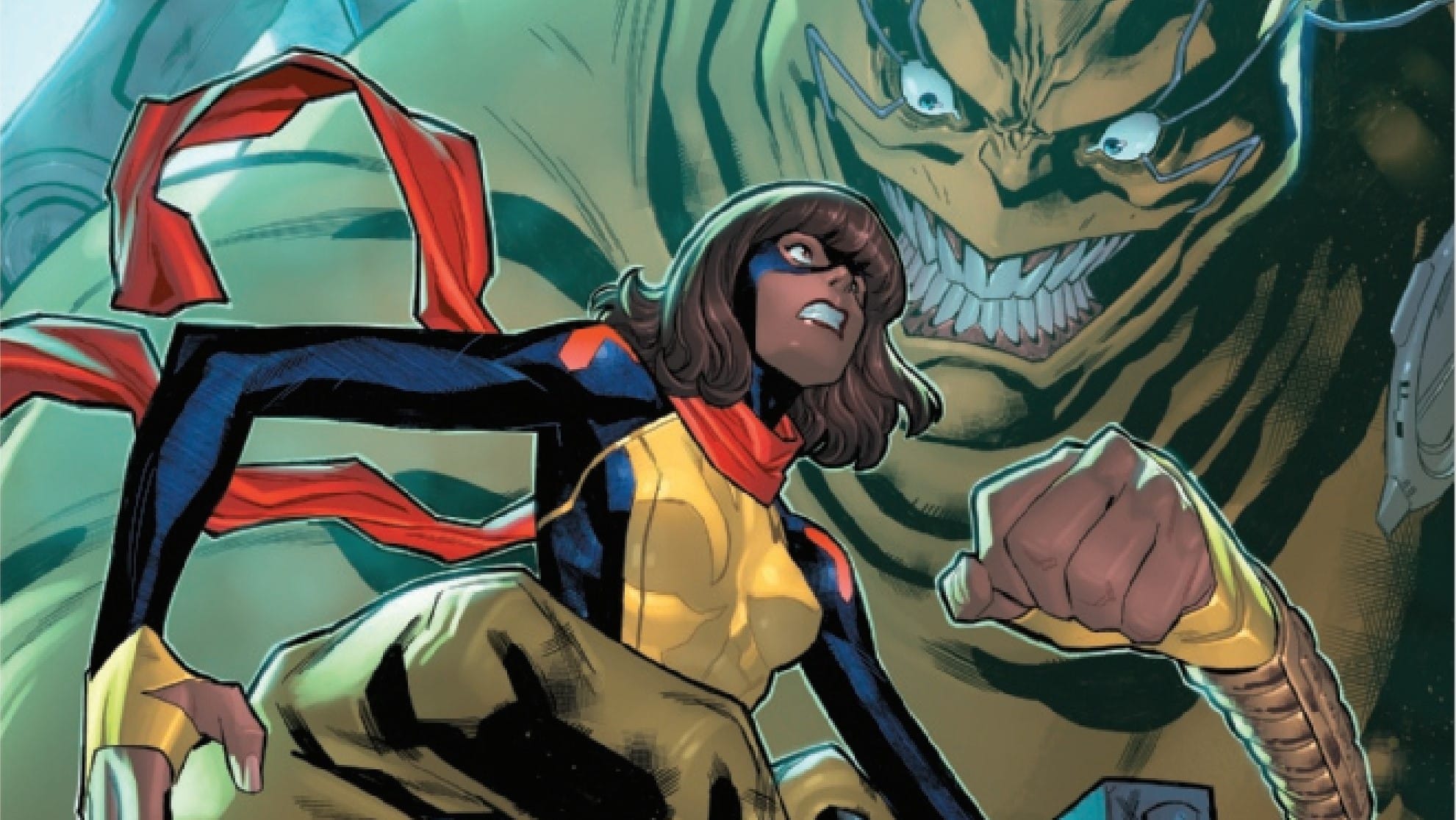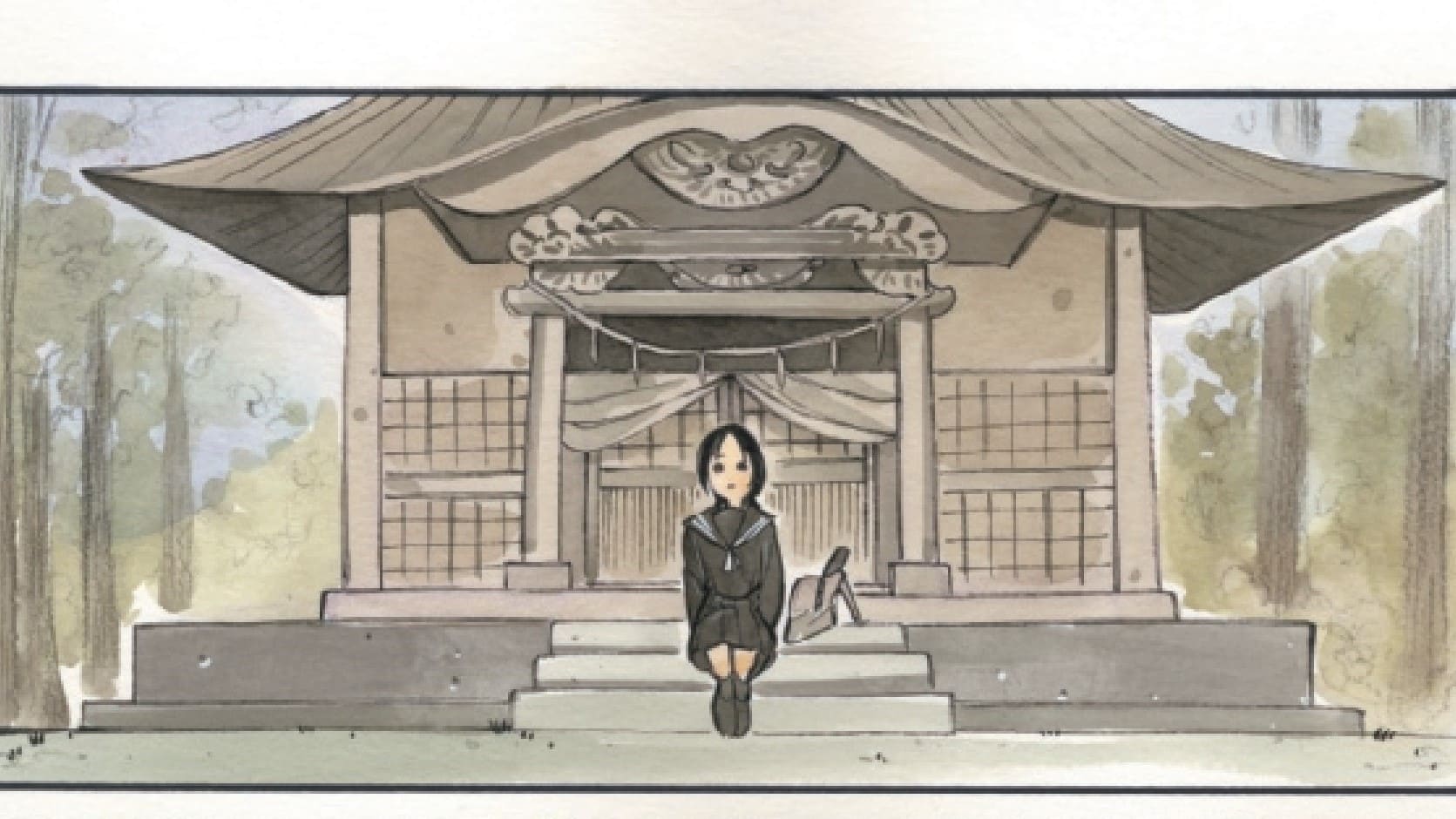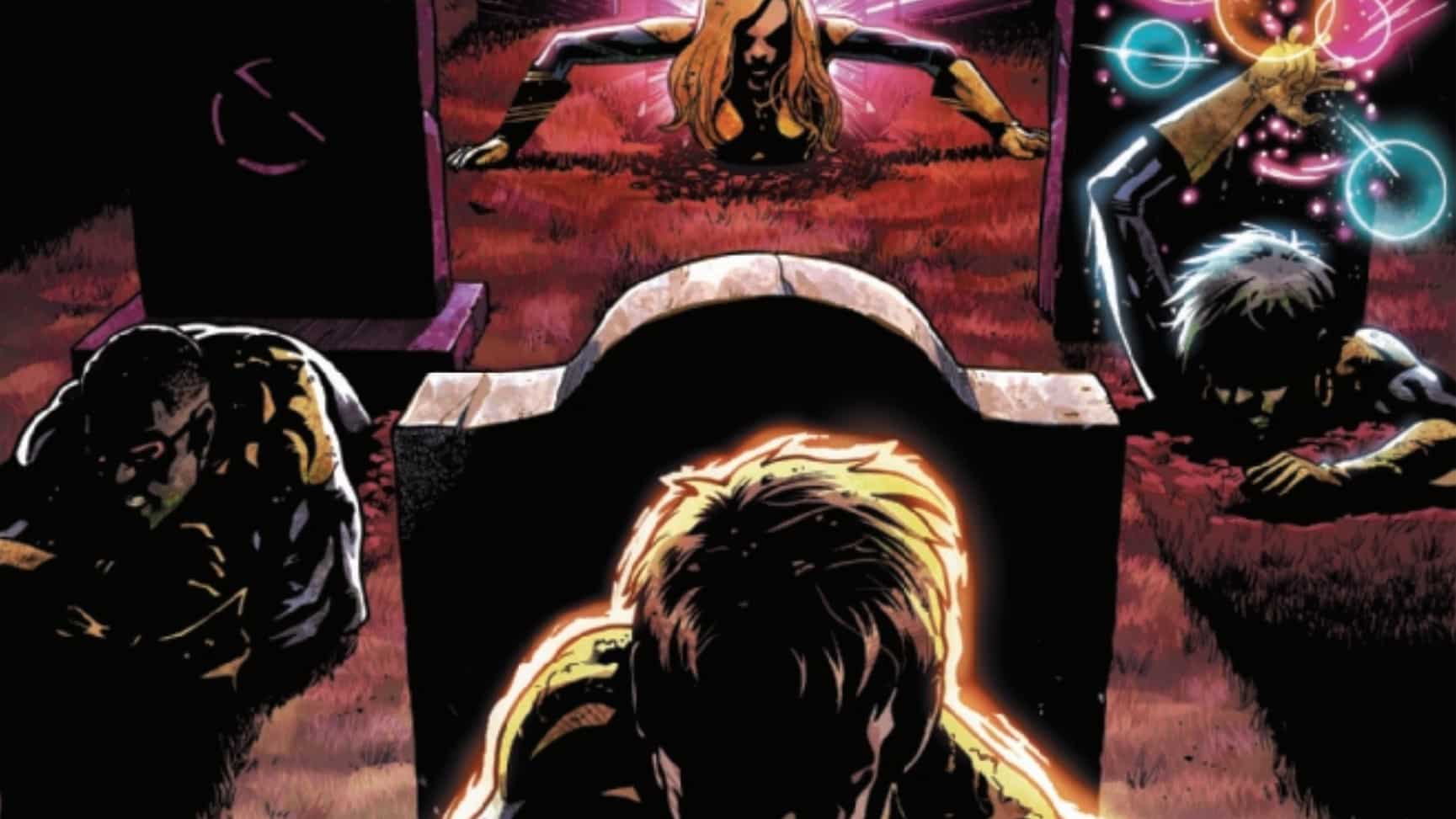Poison Ivy is all in. She’s going to erase the human race to save the world from the damage people are causing. The thing about eradicating the human race, though…you need to be sure. And despite having already begun to set her plan in motion, Ivy may not be as sure about this as she needs to be to see this through. Poison Ivy #2 is written by G. Willow Wilson, drawn by Marcio Takara, colored by Arif Prianto and lettered by Hassan Otsmane-Elhaou.
Here’s the thing about Ivy’s established goal: we all know she’s going to fail. We know it, the creative team knows it, and there may be some small part of Ivy that knows it too. The question remains, then — when Ivy’s plan is inevitably foiled, is it going to be her that stops it, or someone else? Is Ivy doomed by her own hubris, or is there still room for growth? How much agency, ultimately, does Ivy have in her own ending?
A Vine to Choke the World
Poison Ivy deserves to be able to change the world, but she’s one of the few DC villains who could actually do it. Not just bluster about with conquering and destruction, but truly bring about a better, more balanced world, and everyone who’s a fan of the character knows this is true. No publishing house that cares about continuity can let that happen, though — despite being a world of superheroics, it still needs to be relatable. So it’s important to show she’s a ruthless killer. That her goals are untenable for reasons that are easily recognized. That we know that her plans to save the world are nothing short of genocide. That we cast doubt on the purity of her motivations – how much of this is a selfish, desperate need to regain godhood or die in the process because she can no longer live without that power trip? These are all necessary constraints for a Poison Ivy story, but what that leaves us with is this: the best we can hope for is that she finds something in her travels that changes her mind, so she at least has some agency within all the constraints that bind her.
That’s what I’m keeping my eye out for as I read through this second issue — what changes her mind? The opening addresses that; it’s important that we remember that Poison Ivy isn’t a heartless killer. She loves. She loves Harley, and she loves the world — though her definition of the “world” is something that can more accurately be described as The Green, and the earth on which all of it resides. In between that, there’s a lot of humanity scouring the countryside, and it’s that part that she claims she can’t stand.
The thing about ending the world, though, is that you really need to be sure about it, and that’s what took me by surprise this issue: Ivy isn’t sure. When it comes to murdering agave farmers wildly warping the balance of the ecosystem, she is vengeance, she is rage. Ignorance of one’s crimes is no excuse as far as her justice is concerned, she rips through a man with a violence that’s beautifully depicted on page. The flaming orange, red and yellow background, the shrrkk of controlled stalks ripping through him, the blood splatter as he’s torn apart. It’s brutal, but hypnotic. It’s horror you can’t look away from. It’s Poison Ivy to a T.

Then we cut back to Ivy at the diner, dressed as mundanely as possible, joined by a bright-eyed young woman who might inadvertently be saving the world.
A Little Bit of Harley in Her Eyes
This isn’t the first time G. Willow Wilson has brought in a Harley-like to show us her softer side — the first was in a prequel of sorts, in the Gotham City Villains Anniversary Special. Whether it’s a hopeless blonde in one issue, or a blue eyed criminal with an unconventional view of the world and a petulant but joyful sense of humor in the other, Harley Quinn is a dream that Ivy can’t quite seem to wake up from. Or, at least, that’s how the art makes things feel.
The dreamlike quality of the art is strong. The lines reminiscent of irregular splotches, inside which color blooms. Light bleeds color across lines, helped by the lettering — Ivy’s ability to separate memory from present experience, to separate apocalyptic imaginings from the reality in front of her, or to be able to separate herself from the world as she falls apart, the disease that’s got her growing like a vibrant green rot spreading over her body. The lettering matches that mood perfectly…everything is just a little dazed, just a little feverish, but the personality in everything is vivid.

The mannerisms of Harley are well captured in the poet, Jenny, who joins Ivy at the diner she sits in. The playfulness of the eyes, the sulky posture of things not working out and the wicked shameless of a criminal who mocks innocence with a wink and a smile — it’s always clear who she’s meant to remind Ivy of, without the text hitting the reader over the head with it. I can’t help but wonder if she’s the one who’s going to change Ivy’s mind.
Below that, though, are a number of other light indications of Ivy’s compassion getting in the way of her planned brutality. The hesitancy she feels at the idea of killing children, or the warm owner of the diner who has nothing but joy for his patrons. Ivy tries to tell herself that this is a mercy killing, but not once in the story does she ever seem to convince herself completely.
Once A God
I think it’s fair to call Poison Ivy an anti-social sort of person. She doesn’t like people. But it’s people that she finds herself confronted with in this series. She’s trying to destroy the world, but she isn’t sure — and we learn a lot about where she’s at from the kinds of doubts that creep up in her head.
She’s certainly not averse to the act of killing people; the series repeatedly makes that absolutely clear. Some are mercy killings. Some, like the farmer from early on in the issue, are violent and vengeful, but even when she’s being kind about it; the deaths themselves weigh very little on her conscience. The things that give her pause are the kind. The playful. The loving. The better parts of humanity that she can’t help see in this diner.
What she fears, though, is being caught. Stopped, before she can complete what she set out to do. Ivy has a dream — one that colors her every perspective — and a need to implement it on the world before the chance is robbed from her, the way the powers of Queen Ivy were taken away from her too.
The final flashback of issue provides the most context for where Ivy’s head is at. She was once a god, and it was taken from her. Gods get to change the world. Poison Ivy may not be a god any longer – but she’ll be damned if she can’t change the world like one. Damned to live the rest of her days out as a mortal, damned to her simple costumes and ecoterrorism and Gotham-centric plans that barely make a dent in the way the planet is choking itself out. Powerless to stop it, but too smart, too vibrant, too alive to numb herself to the awareness that it’s all still happening.

There is rage, and there is pain — that much is clear, set out in two beautiful panels of a blackened tear-drop running down a face filled with disdain, twisted with anger, eyes set with determination. What isn’t clear is how much Ivy’s plan is about truly saving the world, and how much is about her need to redirect her pain back onto it.
The book raises a lot of questions for me — will Ivy have her mind changed, or her agency robbed from her once again? Who is the mysterious person talking to her, and what is the significance of the runic tree Jenny showed her? Can there be any peace for a woman who’s lost her power but will forever remember what it was like to have it?
What keeps me reading, though, is not the need to find the answers to those questions. What I love is how well the book tells a Poison Ivy story. The beauty of its art — the way it manages to evoke the nuances of emotion and mannerisms of its characters, the way its vivid colors linger in the mind even when you’ve put the book away. I love that it doesn’t apologize for Ivy, but recognizes the conflict in her at this unique point in her complicated continuity, and makes gold of it. The creative team knows exactly what kind of story they want to tell here, and they’re telling it masterfully.






